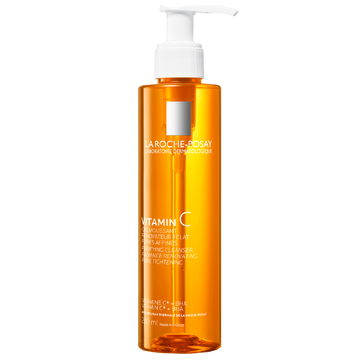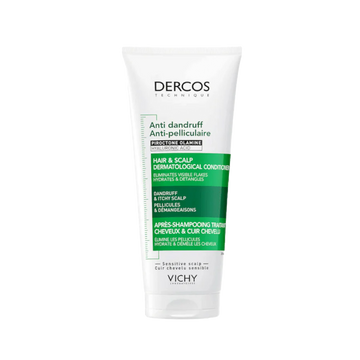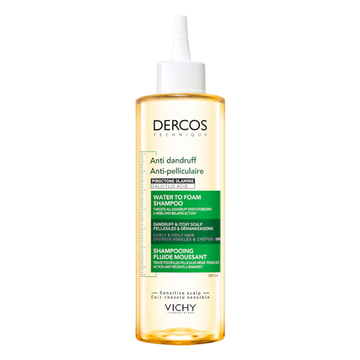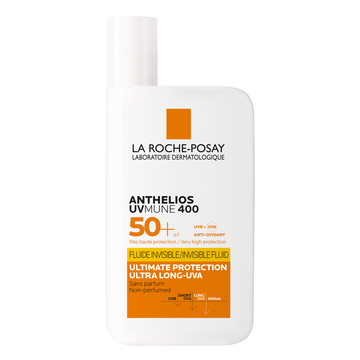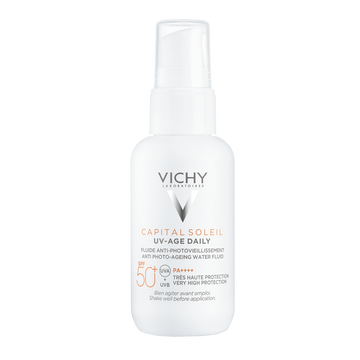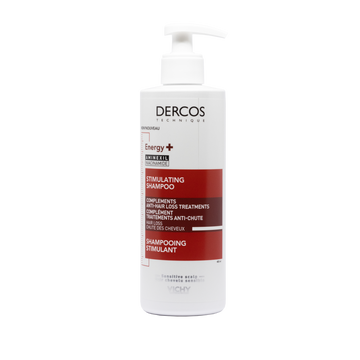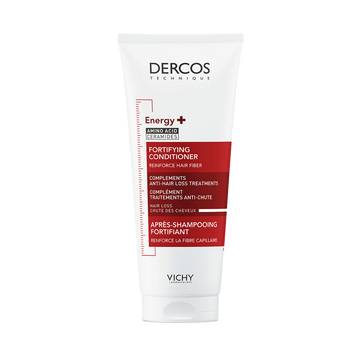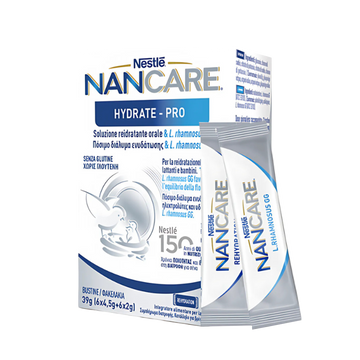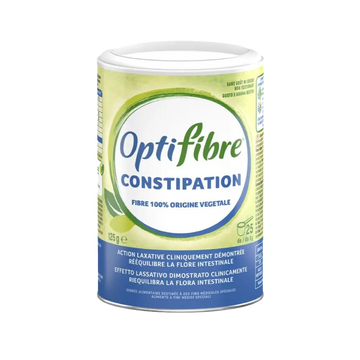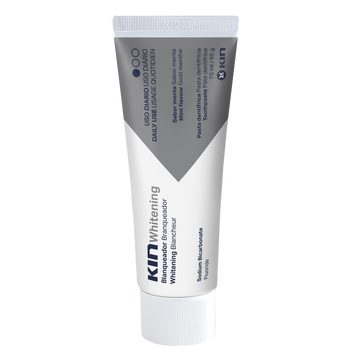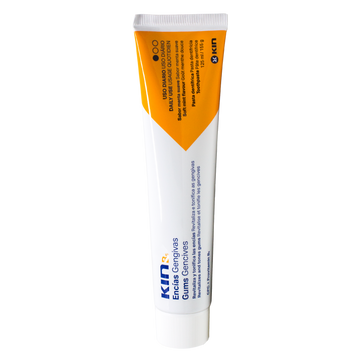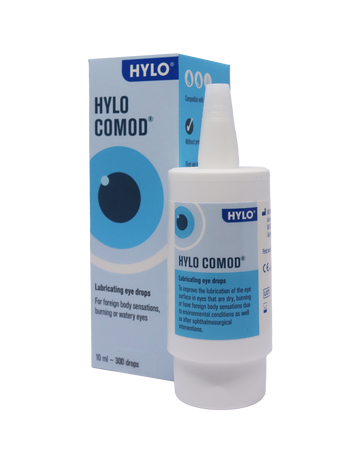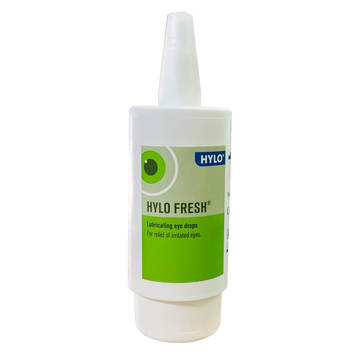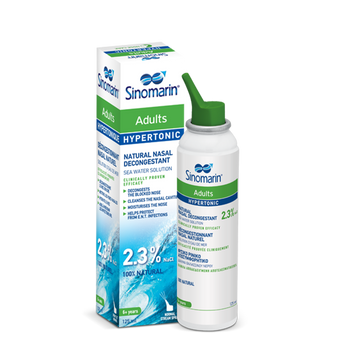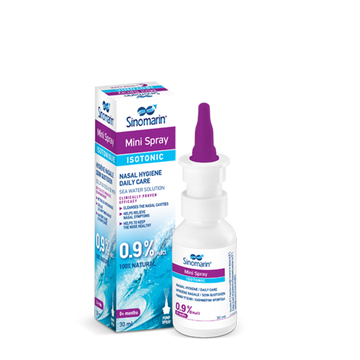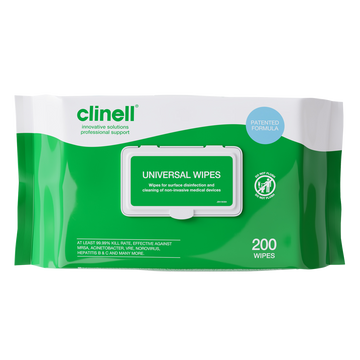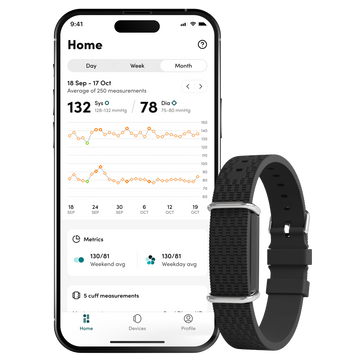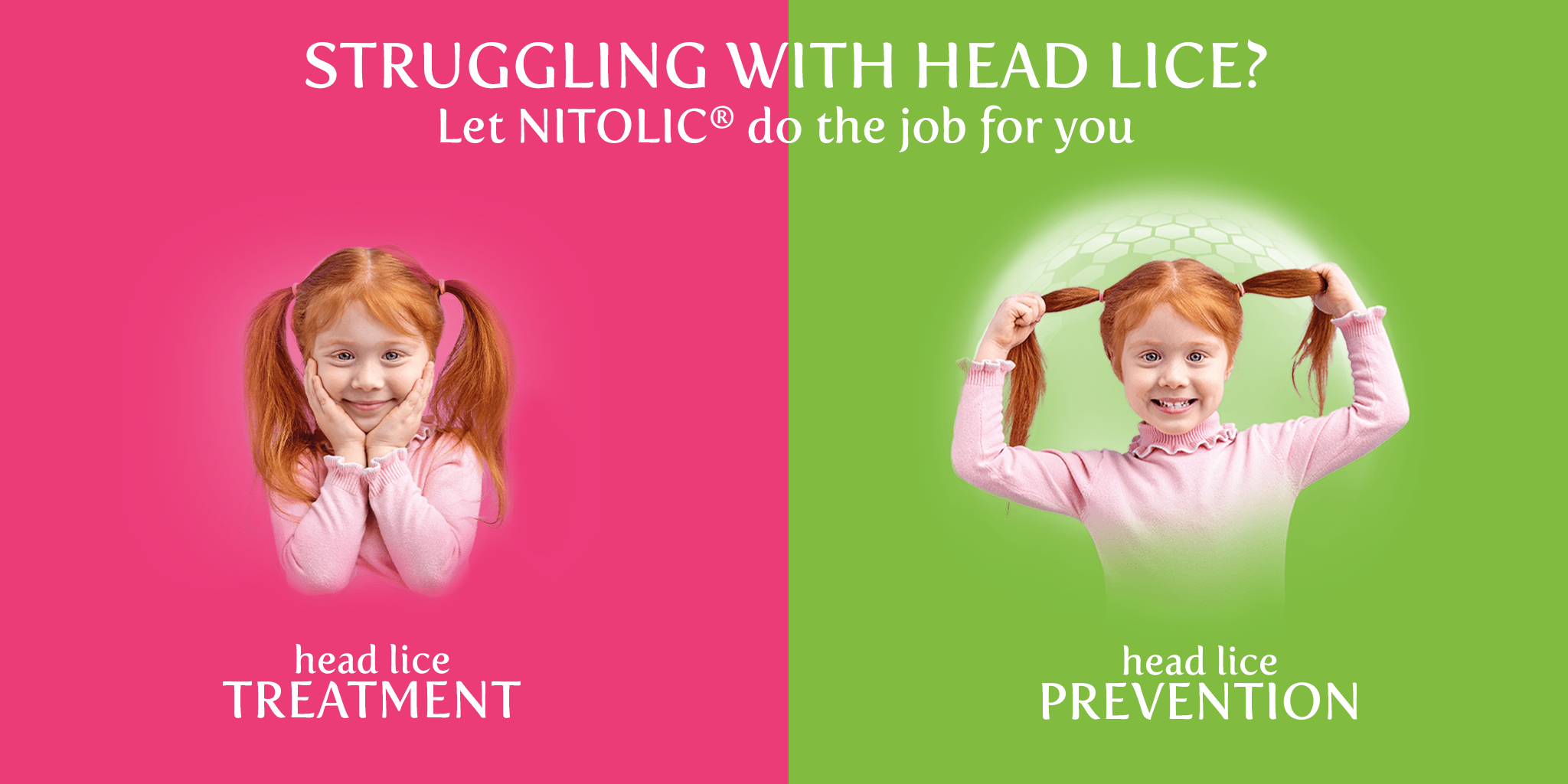
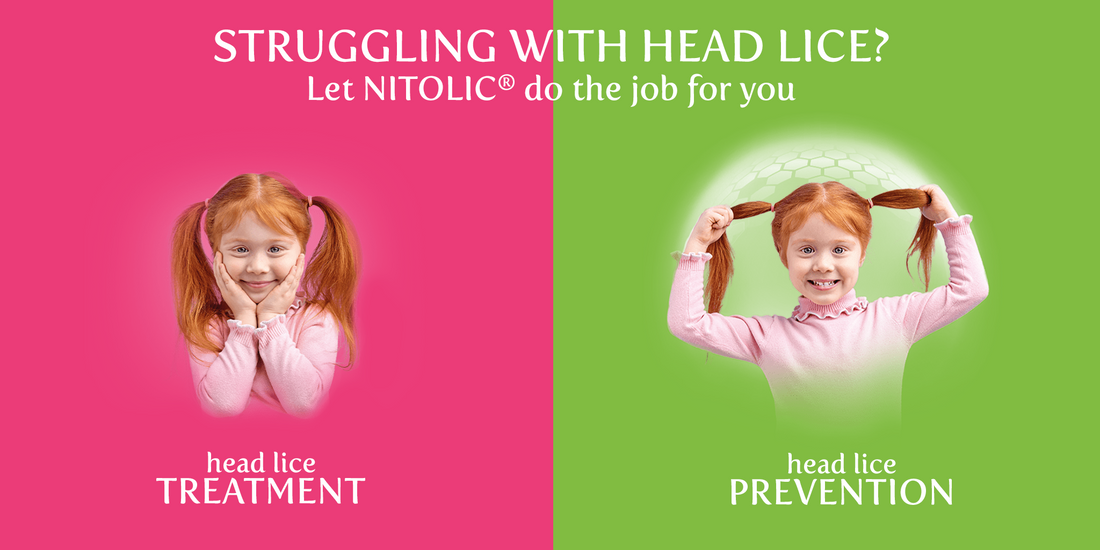
NITOLIC® Treat and Prevent
Head lice are tiny, wingless parasitic insects that infest the human scalp, feeding exclusively on blood. They move using three pairs of claw-like legs designed for a firm grip on hair strands. Their elongated, dorsoventrally flattened bodies allow them to navigate through hair easily, while their specialized mouthparts enable them to pierce the skin and suck blood.
Lice eggs, known as nits, are small, white or pearl-colored, and firmly attached to hair shafts by a cement-like substance secreted by the female. Nits can survive without a host for up to two weeks, making complete removal essential for effective lice treatment.
Eliminating both lice and nits requires thorough combing with a fine-tooth comb and targeted treatment to prevent re-infestation.
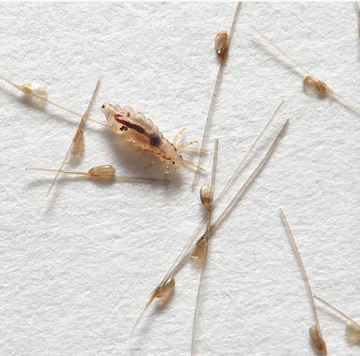


For schools and daycares
The highest number of head lice infestations is recorded among preschool and school children. If lice are found in the facility, it is extremely important to have an ability to approach the topic and implement any immediate action to prevent head lice from spreading. As an experts in lice treatment, we have been providing help and materials for teachers and parents for almost 30 years
Lice Prevention
Head lice infestation spreads easily at schools and kindergartens. The growing number of infections is associated with increased activity of children and travelling especially during summer vacations and winter breaks. It occurs most of the time as a result of direct head-to-head contact, which can take place during playdates and sport activities. An example of indirect way of getting lice is to use infested combs and hairbrushes, hats, but also bed linens and towels.
Nitolic® prevent spray prevents the spread of lice and protects children against infection.
